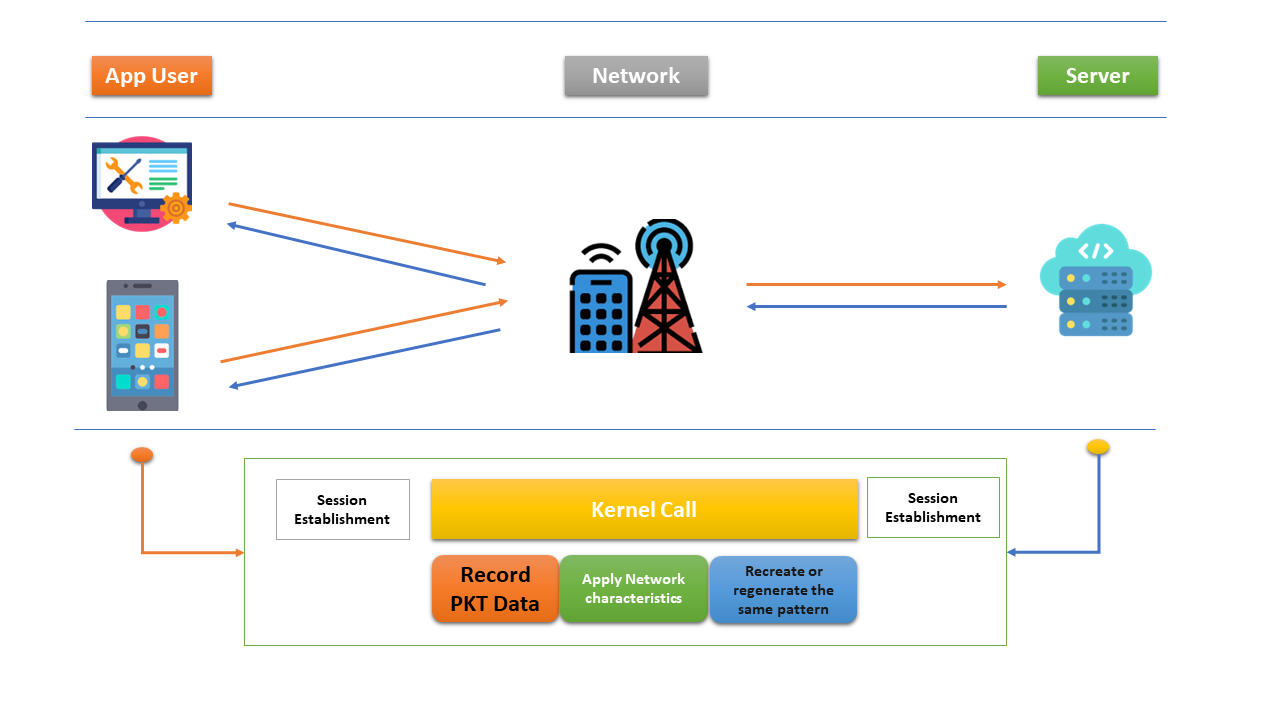Recreating Network-Induced Application Failures: A Kernel-Level Approach
Introduction
In today’s interconnected world, applications heavily rely on networks for their functionality. However, network issues like latency, packet loss, jitter, and duplication can significantly impact application performance and stability. While tools like Perfecto and iNITS can emulate network conditions in lab environments, recreating the exact network conditions that led to a specific application failure can be challenging due to the dynamic nature of network traffic.
The Problem
The primary obstacle in recreating network-induced application failures lies in the non-deterministic nature of network traffic. Even when test cases remain unchanged, TCP/IP packets generated by an application are unlikely to be identical in subsequent runs. This makes it difficult to reproduce the exact network conditions that caused the original failure.
The Solution: Kernel-Level Packet Recording
To address this challenge, we propose a solution involving kernel-level packet recording. By capturing TCP/IP packets at the transport layer and recording them with the same latency, packet loss, and other network characteristics applied to the original packets, we can create a repeatable test environment.
How it Works
Packet Capture:
Use ioctl and socket-level recording to capture IP packets at the kernel level.
Record the packet data along with its associated network characteristics (e.g., latency, MTU).
Send an acknowledgment to the application layer to ensure normal operation.
Replay:
Replay the recorded packets in the same order and with the same network characteristics.
This will emulate the original network conditions and potentially reproduce the application failure.
Block Diagram:

Benefits
Repeatable Testing: Create and run the same test case multiple times to identify and fix application failure in line with the network-related issues.
Increased Application Stability: Improve application resilience to various network conditions.
Reduced False Positives: Avoid misdiagnosing issues not related to network conditions.
Enhanced Reliability: Ensure that applications can handle diverse network environments.
Drawbacks
SSL Packet Limitations: Security considerations may prevent the recording of SSL packets due to encryption.
Conclusion
Kernel-level packet recording offers a promising approach to recreating network-induced application failures. By capturing and replaying packets with the same network characteristics, testers can establish repeatable test environments and improve application stability. Although there are limitations, such as the inability to record SSL packets, this technique can be a valuable tool for ensuring the reliability and performance of applications in today’s complex network environments.








